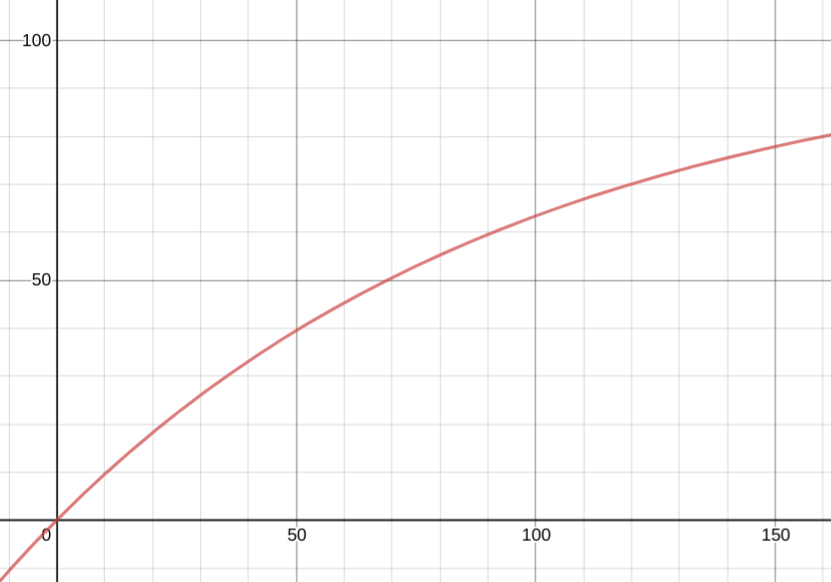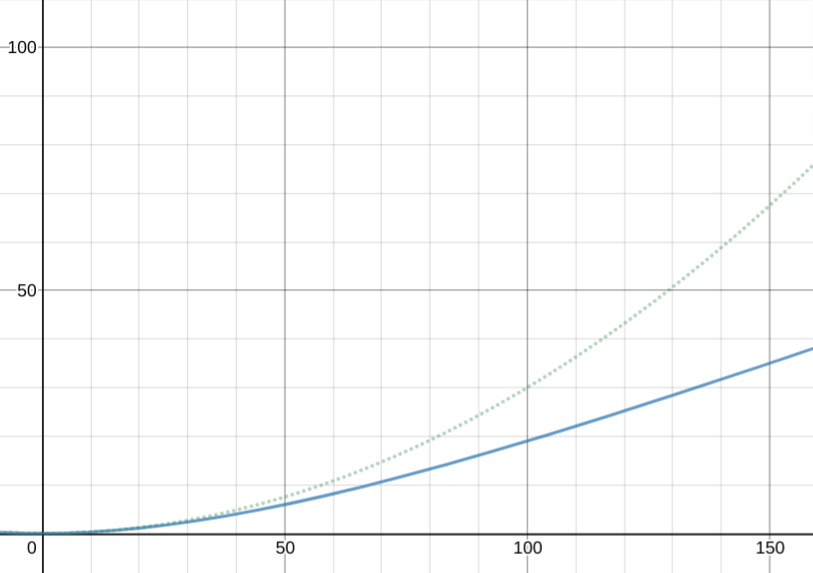I recently realized a very simple, almost obvious bias, that I had because I never thought more about it. Moreover, quite a lot of people have this bias too.
What is worse in time of pandemic - to increase the number of your contacts from 0 to 1 or from 99 to 100? Intuitively, since we perceive many quantities on a logarithmic scale, the first thing is much worse. I heard multiple times something like: "I am already doing this and this and that because I have to, so it does not make sense for me to decrease my shopping", or "My roommate (spouse, child...) does not care about this at all, so it does not make sense for me either".
However, this is simply not true. If I care solely about myself, increasing the number of contacts increases the probability to get sick linearly - no logarithmic scale. But if I also care about other people (my contacts, yes), then we have linear growth of probability to become a spreader, and linear growth of the group to whom I can spread, thus leading to quadratic growth of the total expected damage to society.
So, if I have quite a lot of contacts already, I should be much more cautious about adding more than if I have almost none. It sounds so trivial right now - yet so many times I have heard the opposite advice.


Maybe I misunderstood something, but is really the odds of getting sick yourself growing linearly?
Let's say if you meet 1 person the odds of getting corona is 1%. That would mean that meeting 101 people would result in a 101% chance in getting corona. Sure, it is almost linear until you get to about 10 people (in my example), but the curve of risk to get corona should follow something like 1-(0.99)^n if we assume the risk of getting corona is equal from every person you have contact with.
Spreading it linearly with the number of people you meet however I can understand the reasoning behind.
Here's that's risk curve.
and the risk-to-others curve, against the 0.01x*0.30x quadratic for reference. the risk gets closer to linear the farther out you go.
(assuming 30% transmission risk if positive)
I have no idea how to model the effects beyond this point tbqh. There's complicated probability dependence among social contacts and I don't know how to avoid double-counting people who were already infected.
Also keep the Gambler's fallacy in mind when considering whether ... (read more)